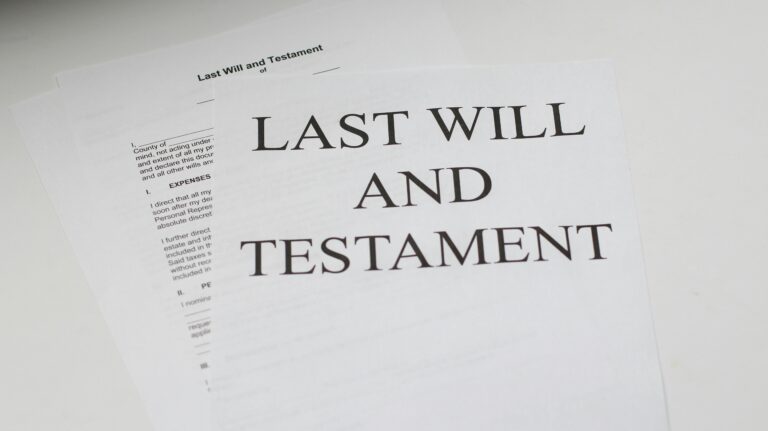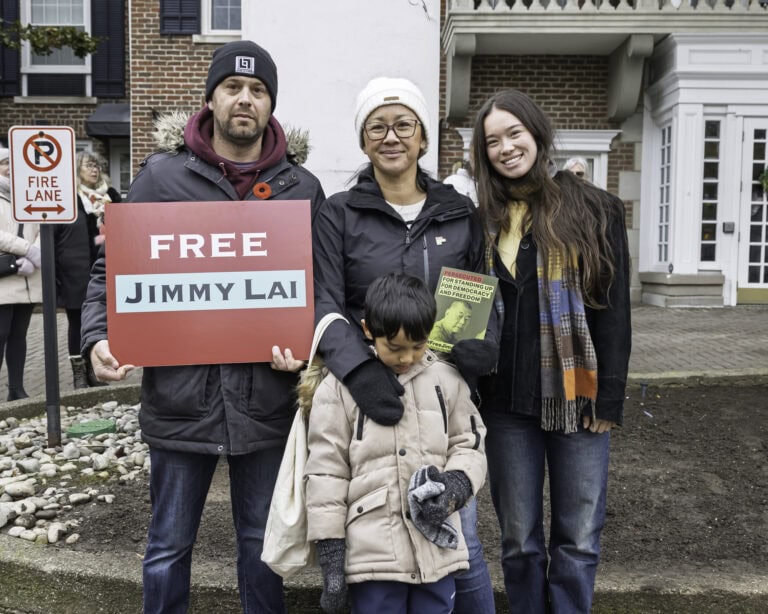Dear editor:
In 2024, NOTL council approved the Tawny Ridge development, which was to accommodate 86 residences split between several Phases.
Before decisions were made, it was and is normal for staff to ask affected/impacted organizations whether they have any issues or objections.
The District School Board of Niagara provided correspondence that stated they had no objections to these additional homes and the additional students that these homes would generate. This formed part of the justification for the approval of Tawny Ridge.
However, in June, it was revealed by Stacy Veld, treasurer of the school board, that St. Davids Public School has been operating well over capacity since 2022.
Clearly, there should have been an objection provided to town council because of this infrastructure deficiency.
How many other developments in Niagara-on-the-Lake have been approved without the full adequacy of the supporting infrastructure?
This new startling revelation raises questions regarding the reliability of other sources (other than the DSBN) that form part of other development applications. Is this a process issue, a source issue, or something else?
Perhaps the town’s real estate development approvals should have force majeure clauses where either unforeseeable events, undisclosed critical information, or tainted information that negatively impacts the merits of a development can allow the town to extricate itself from approved transactions?
This is a clause widely accepted and used in legal agreements in the corporate world and would benefit/protect the town and taxpayers.
Where are the Town’s independent engineering studies to identify existing infrastructure capacities, upgrades required today, cost estimates, a budget designed to improve the infrastructure, and a schedule for rectification?
Why would council ever green-light developments knowing issues/deficiencies exist and no apparent strategic plan to cope with this problem?
Shouldn’t a cost-benefit analysis be conducted to see whether the revenue from these real estate developments is able to pay for the cost of the infrastructural improvements needed to accommodate them?
You would think that the prudent and strategic course of action should have been taken years ago to provide for an infrastructure accounting reserve.
Now it seems taxpayers will have to endure further tax increases to pay for a deficient infrastructure that developers should have paid into in the first place.
An accredited engineer within town staff is sorely needed to critically analyze/review developers’ reports, identify risks, mitigate areas of concern and provide normal day-to-day expertise.
Otherwise, there’s an internal informational input gap, and an unusually heavy reliance on developer-paid consultant reports with exculpatory language or narrow scope.
Wouldn’t it also be prudent for the town to have its own detailed conflict of interest rules and regulations (rather than the municipal conflict of interest rules) when it comes down to outsourcing contracts with consultants, engineers, etc. to avoid any unwarranted criticism?
Until town council has a firm grasp on the town’s infrastructure capacities/deficiencies and how to pay for them, all developments where the infrastructure is questionable or inadequate should be placed in abeyance.
Gienek Ksiazkiewicz
St. Davids









